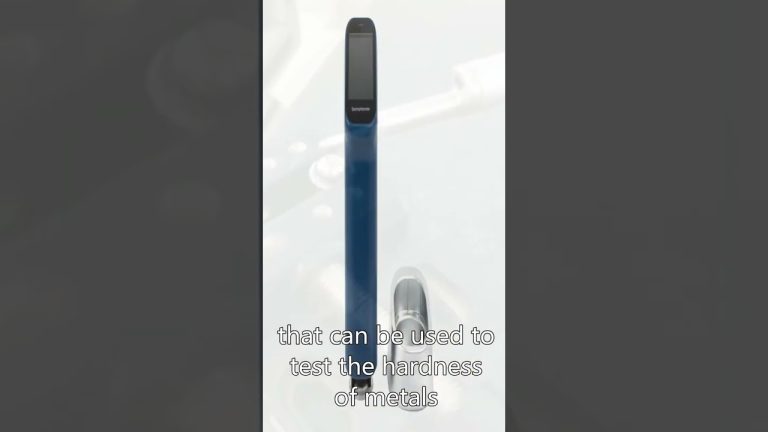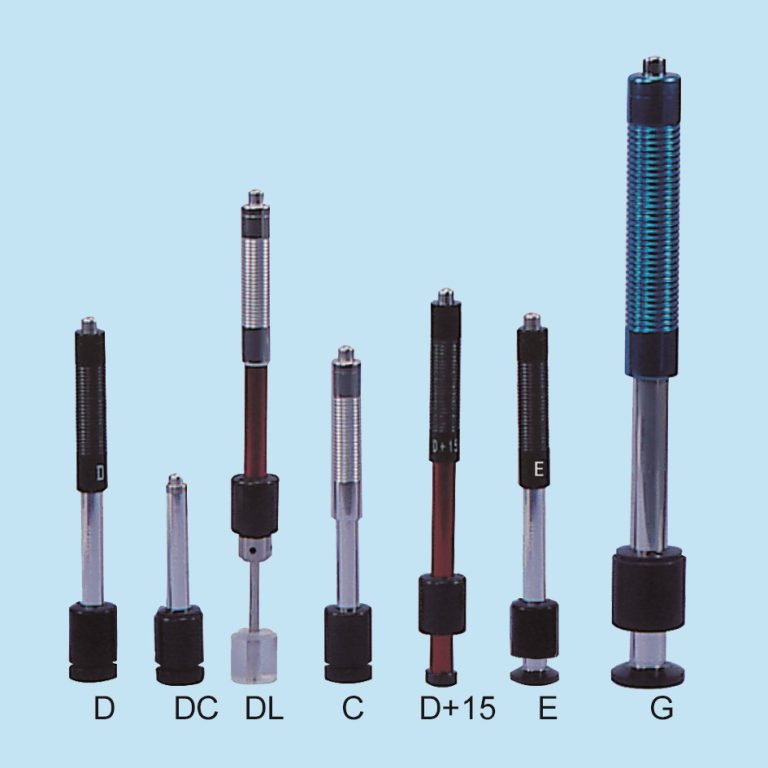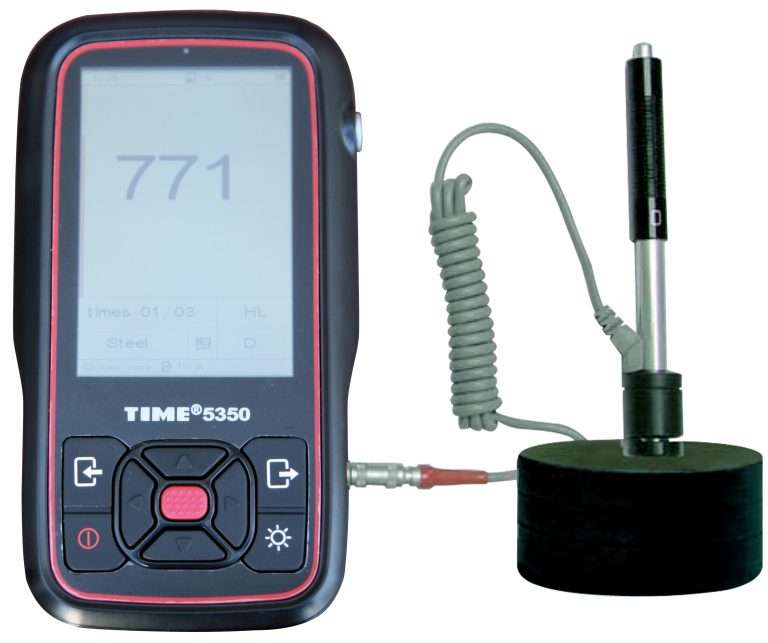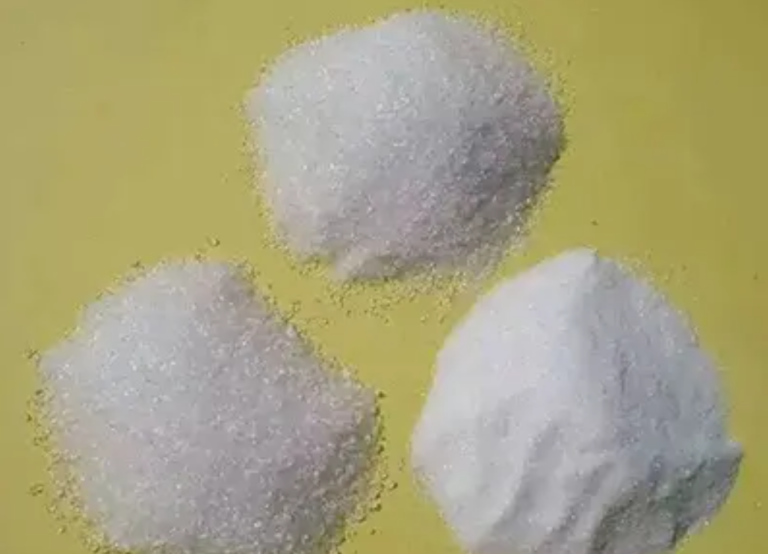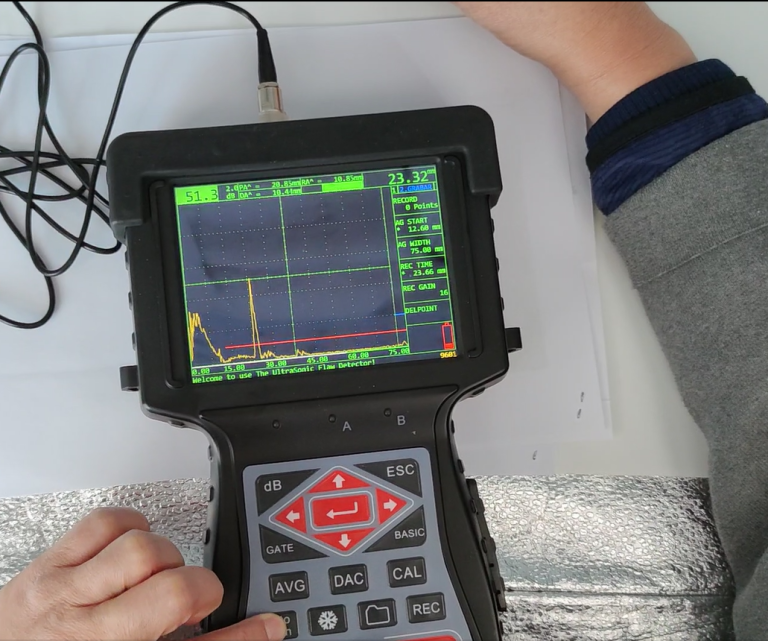The distance-amplitude curve is mainly used to determine the size of defects and provide a basis for acceptance standards. It is composed of three curves: the rejection line, the quantitative line, and the length measurement line;
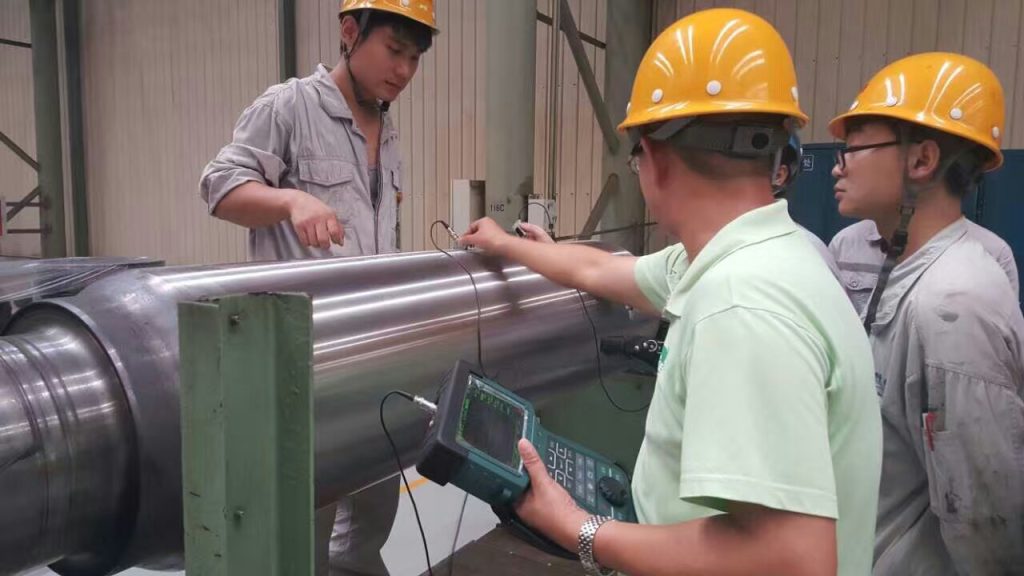
- What are the main components of an ultrasonic flaw detector?
Answer: It mainly consists of circuit synchronization circuit, transmitting circuit, receiving circuit, horizontal scanning circuit, display and power supply. - What is the main function of the transmitting circuit?
Answer: The synchronization pulse signal input by the synchronization circuit triggers the operation of the transmitter circuit, generates a high-frequency electrical pulse signal to excite the chip, generates high-frequency vibration, and generates ultrasonic waves in the medium. - In ultrasonic flaw detection, what is the reason for using coupling agent between the surface of the wafer and the surface of the workpiece to be detected?
Answer: The air gap between the surface of the chip and the surface of the workpiece to be inspected will completely reflect the ultrasonic wave, resulting in inaccurate flaw detection results and inability to detect flaw. - What are the three situations for identifying defects specified in the JB1150-73 standard?
Answer: 1), there is no bottom wave, only multiple reflection waves of defects.
2) There are no bottom waves, only multiple disordered defect waves.
3), defect waves and bottom waves exist at the same time. - What is the purpose of the distance-amplitude curve specified in the JB1150-73 standard?
Answer: The distance-amplitude curve is mainly used to determine the size of defects and provide a basis for acceptance standards. It is composed of three curves: the rejection line, the quantitative line, and the length measurement line;
Abandonment line – the maximum allowable equivalent of a defect;
Quantitative line – a control line for determining the size and length of defects;
Length measurement line – flaw detection starting sensitivity control line. - What is an ultrasound field?
Answer: The space filled with ultrasonic field energy is called ultrasonic field. - What are the main parameters that reflect the characteristics of the ultrasonic field?
Answer: The important physical quantities that reflect the characteristics of the ultrasonic field include sound intensity, sound pressure, sound impedance, sound beam spread angle, near field and far field areas. - What is the most important performance index of a flaw detector?
Answer: Resolution, dynamic range, horizontal linearity, vertical linearity, sensitivity, signal-to-noise ratio. - How many types of close-up display methods can the ultrasonic flaw detector have?
Answer: 1) The abscissa of the A-type display oscilloscope represents the ultrasonic wave propagation time (or distance) and the ordinate represents the height of the reflected echo; 2) The abscissa of the B-type display oscilloscope represents the ultrasonic wave propagation time (or distance), this type of display obtains a cross-sectional view in the depth direction of the probe scanning; 3) The oscilloscope screen of the C-type display instrument represents the projection surface of the inspected workpiece. This type of display can draw the horizontal projection position of the defect, but cannot Gives the burial depth of the defect. - What is the main function of the ultrasonic probe?
Answer: 1) The probe is an electroacoustic transducer and can convert the returning sound waves into electrical pulses;
2) Control the propagation direction of ultrasonic waves and the degree of energy concentration. When changing the incident angle of the probe or changing the diffusion angle of the ultrasonic waves, the main energy of the sound waves can be injected into the medium at different angles or the directivity of the sound waves can be changed to improve resolution. Rate;
3), realize wave type conversion;
4), control the working frequency; suitable for different working conditions.

